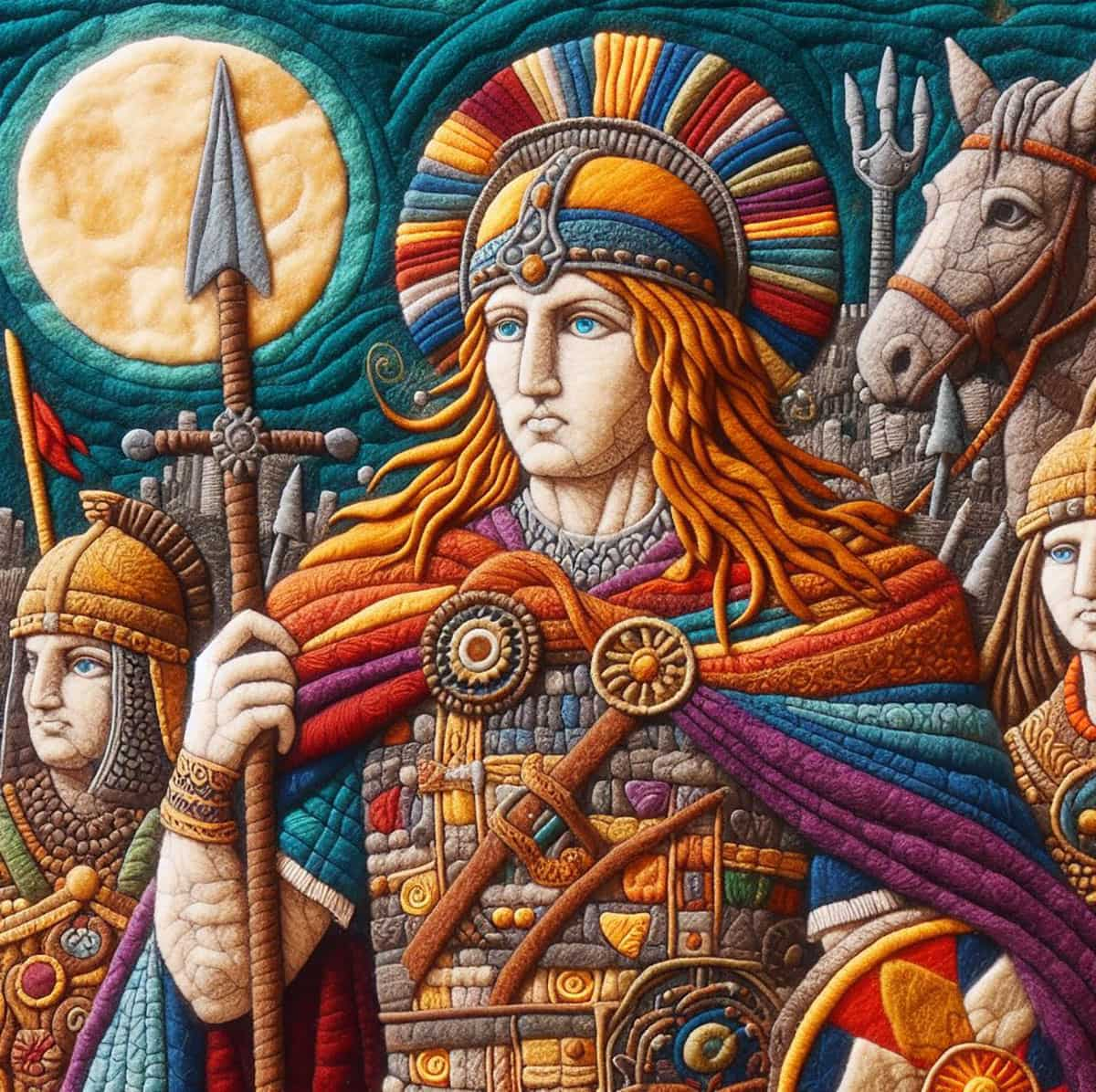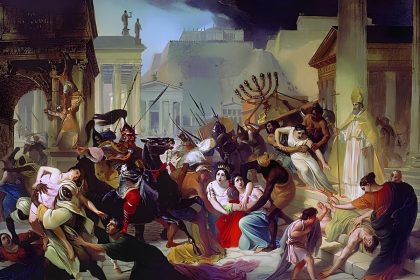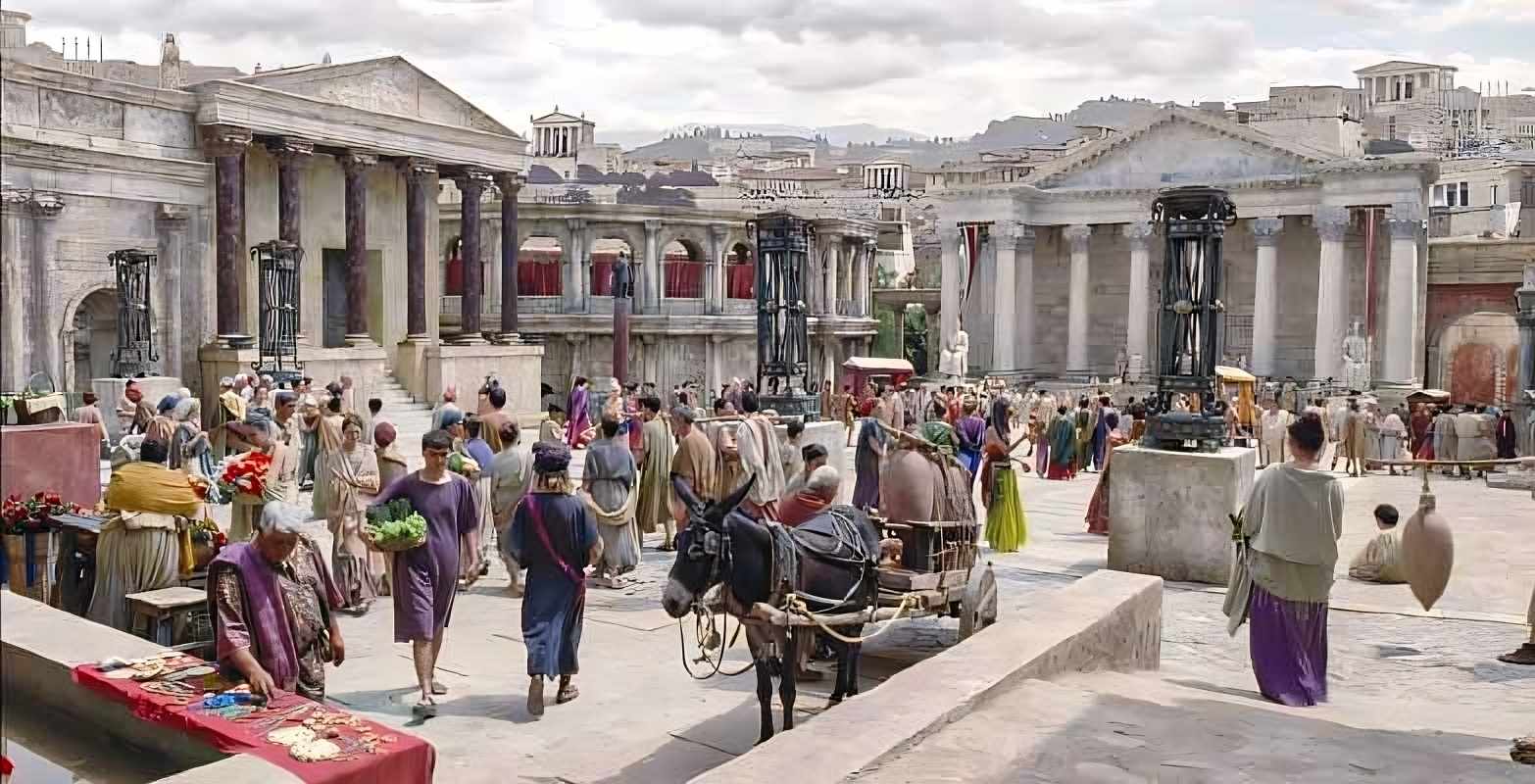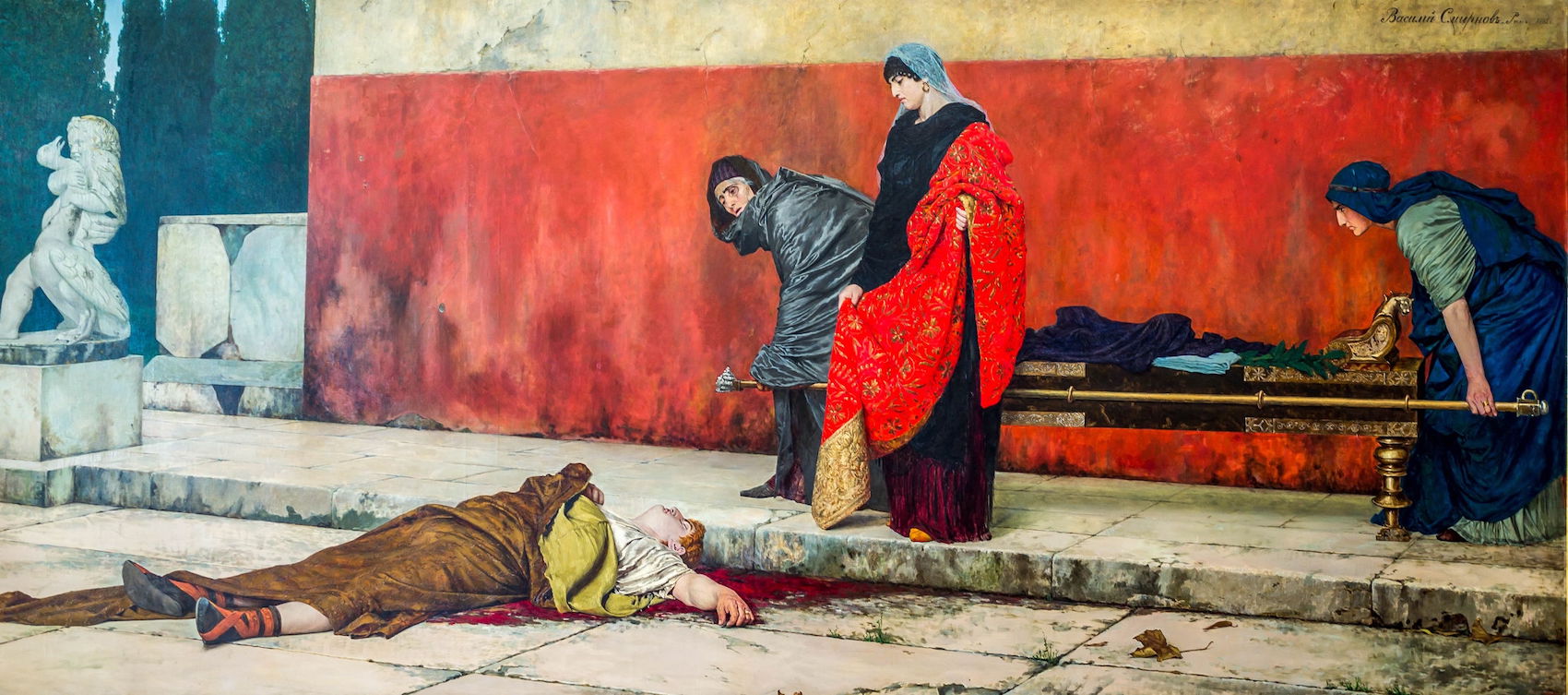Arverni Tribe: The Gallic People Who Challenged Rome
Like many other Gallic tribes, the Arverni left no written records; their knowledge comes from writings left by foreign peoples: Greeks and Romans. However, it is Julius Caesar who enables us to understand the 1st century BC.






